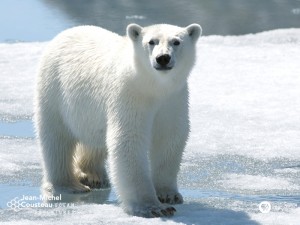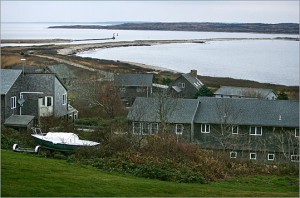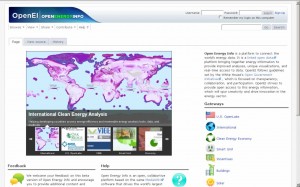The scribes at here at CleanSpeak central have written about everything from wind, to solar, to endangered natural landscapes, to endangered McMansions, to Christmas trees, to hybrid vehicles this year. We decided to take a look back and nominate our own slate of candidates for the Top 5 Environmental Stories of 2009.
 The American Recovery and Reinvestment Act of 2009. It included $80 billion for green/sustainable initiatives like a smart power grid, renewable energy technology, home heating efficiency and green job training programs. If the American economy is going to be more sustainable, it’s going to take this kind of government leadership.
The American Recovery and Reinvestment Act of 2009. It included $80 billion for green/sustainable initiatives like a smart power grid, renewable energy technology, home heating efficiency and green job training programs. If the American economy is going to be more sustainable, it’s going to take this kind of government leadership.- The Copenhagen Climate Conference. It didn’t accomplish much of substance, but all of the major players were in one place duking it out, which at least elevates the issue of climate change to a more prominent place in the public eye.
- Boeing gets the 787 jet liner off the ground. The 787 Dreamliner, with a composite rather than aluminum skin, represents a future of more environmentally friendly air travel. With its more efficient engines and lightweight construction, the Dreamliner can make long hauls on less fuel than any of its forerunners or its ostensible competitor, the oversized Airbus A380.
- More polar bears are going hungry. Polar bears might be to this generation what the canary in the coal mine was the previous generations. Scientists in 2009 announced that the number of under-nourished bears has tripled in the last 20 years. The culprit is warmer global temperatures that are shrinking the ice masses where the world’s largest land predator hunts for seals.
- Chevrolet officially unveils the Volt. General Motors is staking a lot of its future on the plug-in hybrid, which is its long-delayed answer to hybrids from Toyota, Honda, Ford, and now Mercedes. That’s quite a turnaround for the company known for environmental nightmares like the Humvee, which gets about nine yards per gallon if it has a good tail wind.
There were, of course, innumerable other environmentally tinged stories this year. Any thoughts on what should have made the list? Let us know!


